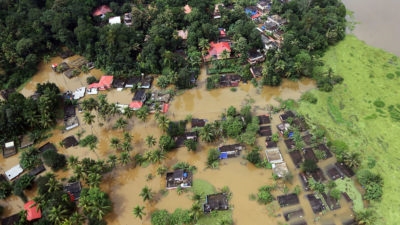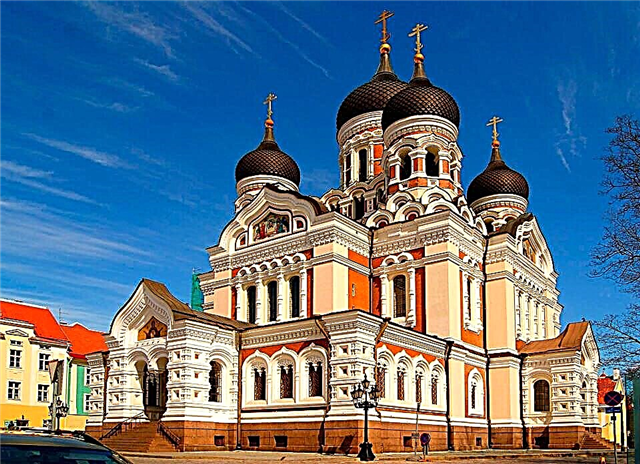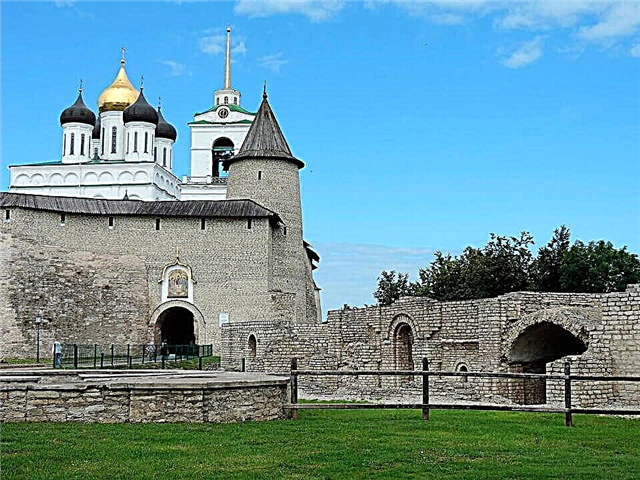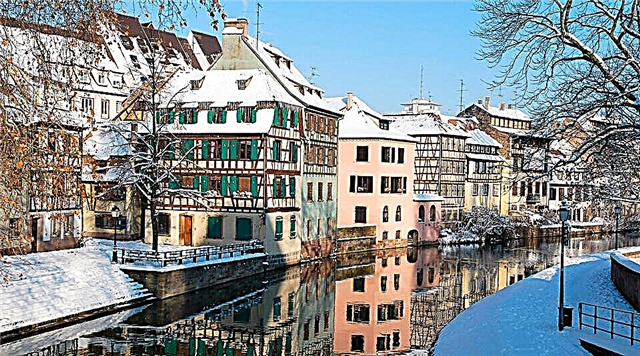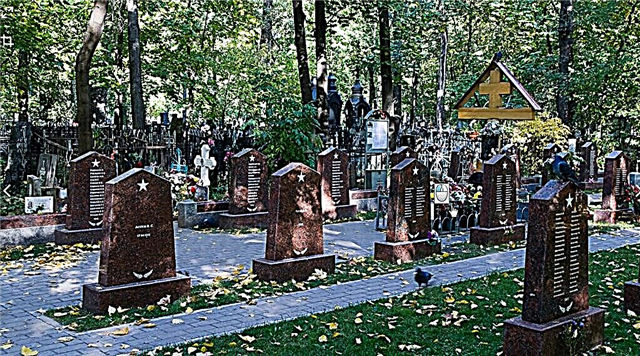One of the oldest burial places is the Vagankovskoye cemetery in Moscow. It covers an area of more than 48 hectares and is located in the Presnensky District of the Central District (northwest) of the capital.
History
According to the ancient Christian tradition, necropolises in Russia arose around churches and were usually located within the city limits. During epidemics, burying in such cemeteries was dangerous due to the risk of recurrence of outbreaks of the disease. Therefore, the victims of epidemics were buried outside the city limits. The history of the emergence of the Vagankovskoye cemetery is associated with the plague epidemic in Moscow in 1771, which claimed thousands of lives. Panic reigned in the city, people were afraid to leave their homes, the plagued corpses were thrown directly into the street. They were collected with sticks and hooks by prisoners attracted for this purpose, dressed in solid waxed robes with slits for the eyes.
Count G. Orlov was sent to Moscow by Empress Catherine II to fight the consequences of the epidemic. By his order, more than ten cemeteries were organized outside the city. One of them appeared in the village of Novoye Vagankovo. On its territory, the dead were buried in deep common graves. New Vagankovo was formed at the beginning of the 17th century in connection with the movement of the sovereign Psarny Dvor outside the city limits. Prior to that, it was located in the village of Vagankovo together with the Amusement Yard. Since the XIV century, “funny people” have lived there: buffoons, jesters, actors. They were distinguished by their noisy behavior, revelry, fistfights, and drunkenness flourished.
By the 17th century, Moscow had grown, and Vagankovo was next to the boyar chambers not far from the Kremlin. It was located on the site of the current Library. Lenin. Since the Psarny Dvor, consisting of 300 hounds, falconers and other ministers, in whose care were falcons and huge packs of dogs, could not be in the city, they were moved to a nearby suburb to the west of Presnenskaya Zastava (5 km from Vagankovo). So in 1636 New Vagankovo appeared. It existed until 1695, when Psarny Dvor moved. Now in its place is the Vagankovskoye cemetery, which borrowed the name from the village. The official date of formation is 1771.

Until the 19th century, ordinary people were buried in the cemetery: philistines, peasants, vagabonds, petty officials. The erection of the majestic Church of the Resurrection of the Word in 1831 was the beginning of the burial of nobles and celebrities. By this time, due to overcrowding, many Moscow graveyards were closed or moved out of town, and the Vagankovskoye cemetery from the outskirts passed into the city limits and was operational. For 247 years of its existence, about 500 thousand people were buried on it. Now in the memorial complex there are 100 thousand graves.
Origin of name
There is no unambiguous version about the origin of the name. There are several of them. The most common hypothesis is associated with the word "fuck", which, according to Dahl's dictionary, means: make fun, joke, indulge. Since "funny people" lived in Vagankovo, this version is quite justified. Historians associate the name with the collection of a monetary duty for weighing goods on scales (wagons).
It is assumed that at this place there was an intersection of important trade roads and a ford across the Moskva River. Nearby there was a customs outpost called "Vaganets", and the tax itself - "Vaganny". According to another version, the name comes from the word "vagan", which was used to refer to simple "uncouth" men.
Celebrity graves

The Vagankovsky necropolis is known as the burial place of famous people of Russia. The first famous burials appeared in the middle of the 19th century. Here you can see the graves:
- Decembrists, including: M.A. Bessstuzheva, P.S. Bobrischeva-Pushkin, I. N. Khotyintseva.
- Composer A.N. Verestovsky, author of the immortal opera Askold's Grave.
- Compiled by V. I. Dahl's explanatory dictionary
The artists of the 19th century found a place of eternal rest:
- Outstanding portrait painter V.A.Tropinin, author of more than 3 thousand paintings, incl. famous portrait of A.S. Pushkin.
- VI Surikov, famous for his historical paintings: "Boyarynya Morozova", "Morning of the Strelets' Execution", "Suvorov's Crossing the Alps".
- V.V. Pukirev, who painted the immortal painting "Unequal marriage".
- A.K. Savrasov, author of the works "The Rooks Have Arrived" and "Barge Haulers on the Volga" and many others.
Since the 20th century, actors, directors, writers, artists, politicians and artists have traditionally been buried on Vagankovo. Many outstanding personalities have found eternal rest here, including:
- Poets - S. Yesenin, V. Vysotsky, B. Okudzhava, M. Tanich
- Writers - V. Aksenov, G. Gorin, V. Dragunsky, V. Kaverin, V. Rozov
- Directed by V. Pluchek, S. Rostotsky, G. Chukhrai, A. Alov, P. Fomenko
- Actors - A. Abdulov, G. Burkov, Y. Bogatyrev, G. Vitsin, E. Garin, V. Glagoleva, M. Gluzsky, O. Dahl, M. Liepa, A. Mironov, S. Mishulin, T. Nosova, M. Pugovkin, Z. Raikh (wife of S. Yesenin), N. Rumyantseva, V. Solomin, L. Sukharevskaya, Z. Fedorova, L. Filatov, M. Tsarev, G. Yumatov.
- Other famous figures are the natural scientist K. Timiryazev, academician A. Speransky, journalist and TV presenter V. Listyev, singer I. Talkov, football goalkeeper L. Yashin, figure skater L. Pakhomova.
Military and historical graves

There are many mass graves and mass graves at the Vagankovsky memorial complex. Here are buried the heroes of the war of 1812, who died in the Battle of Borodino, the defenders of Moscow in the Great Patriotic War, who did not allow the Nazis to enter the capital, who died in battles and air raids in 1941-1942. Not far from the cemetery in May 1896, the Khodynskaya tragedy happened, when during the distribution of souvenirs in honor of the coronation of Nicholas II, almost fifteen hundred people were crushed. The mutilated corpses were taken to Vagankovo and piled in the meadow. Those who could be recognized were buried by relatives in coffins.
According to the publisher A. Suvorin, “it was all bloated, black, and the stench was such that it was done badly,” so most remained unrecognized, and were buried in mass graves at the 6th site. Here is also the so-called "shooting": buried according to the "execution lists" received by the commandant of the cemetery from the OGPU during the years of Stalin's repressions from 1926 to 1936. The exact number of "enemies of the people" is not known. The burials were made secretly at night in a remote area 58 in a ravine by a stream. Monuments have been erected to the victims of political repression and the Khodynka disaster.
Our contemporaries, who died during the 1991 coup and the tragedy that happened in October 2002 as a result of gas poisoning during the seizure of terrorists in the theater center on Dubrovka, found eternal rest in the cemetery. The graves are in different areas, only two young actors of the musical are resting next to each other.
Saints buried in the cemetery

Orthodox Muscovites preserve the memory of the saints buried in the cemetery, although their graves were wiped off the face of the earth during the persecution of the Church. Despite this, many come here for help. We especially revered among believers Valentin Amfitheatrov, rector of the Kremlin Archangel Church, who died in 1908. He does not have a separate burial place, his body rests in a mass grave among the soldiers of the Second World War. During the construction of the memorial, the godless authorities ordered a bulldozer to demolish the revered grave. But people remember and honor Father Valentine, go to him for healing, help and receive it.
By the efforts of grateful pilgrims, two crosses were erected at the site of the alleged burial. It is known that a Moscow saint was buried on Vagankovo in 1927 - the Blessed Schema-nun Martha of Moscow from the St. John the Baptist Monastery, who died in 1638. To avoid the desecration of the imperishable relics by the Bolsheviks, the believers reburied them. However, the exact location is not known.
In obscure burials lie those glorified in the face of saints: Bishop of Priluksk Vasily (Zelentsov), who went through the horror of the Solovetsky camps and was shot in 1930; Priest John Inyushin, MonkMartyr Macarius (Morzhov), Bishop Maxim (Zhizhilenko), executed in June 1931.
Site scheme

The memorial complex is divided into 60 sections, the location of which can be seen on the diagram hanging at the entrance. In order not to get lost and quickly find the right grave, you need to know where it is located.
Opening hours
The cemetery is open daily:
- May - September from 9.00 to 19.00
- October - April from 9.00 to 17.00
Where is the cemetery and how to get to it
Vagankovsky necropolis is located at the address: Moscow, st. Sergei Makeev, 15.
You can get to it:
- By metro to the station "Ulitsa 1905 Goda" or "Begovaya" (the distance from both is the same). Further on the sign: "Vagankovskoe cemetery" about 800 meters.
- By land transport: by bus No. 6, 69, 64, 39,152, 706; trolleybus No. 5k and 35.


